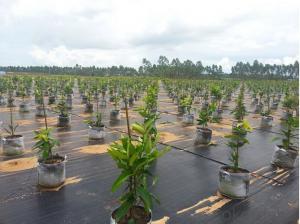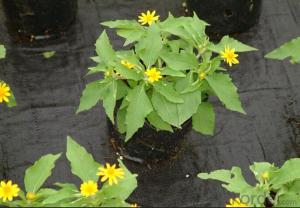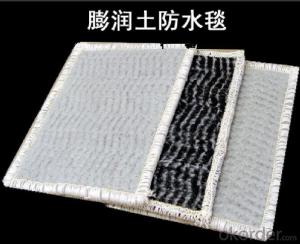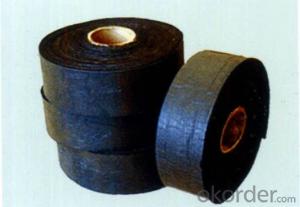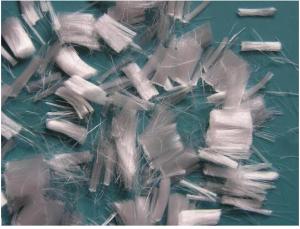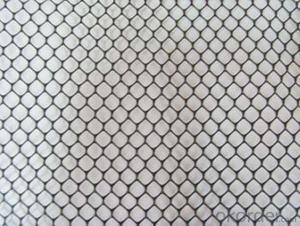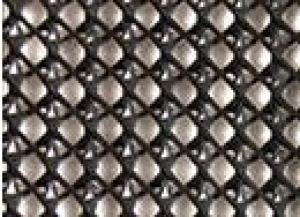Never Run Product Name: Plastic Blind Drain
- Loading Port:
- Qingdao
- Payment Terms:
- TT OR LC
- Min Order Qty:
- 1 m
- Supply Capability:
- 1000000 m/month
OKorder Service Pledge
OKorder Financial Service
You Might Also Like
Plastic Blind Drain
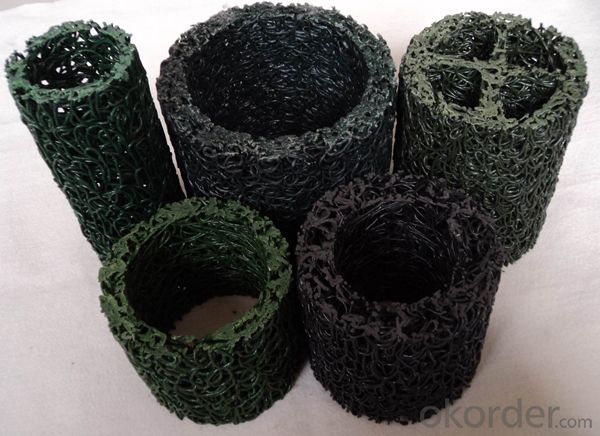
Plastic Blind Drain
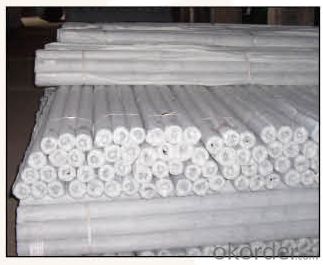
Plastic Blind Drain equipment tapping
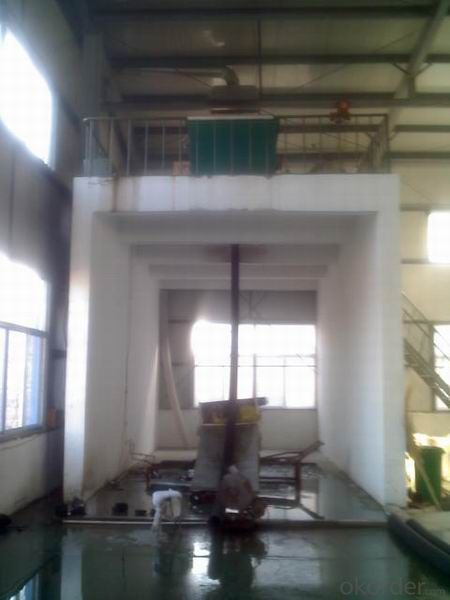
Plastic blind ditch
Products overview:
Shandong yongrun plastic blind ditch is heated thermoplastic synthetic after molten through the wards squeeze QianWeiSi fold place in together, and the melting points were a "3 d porous materials, in the main body back up as the membrane filter, geotextile porous rectangular, hollow rectangular, porous round, hollow circular four structure form, has DuoZhong size.
Properties:
Money high compressive strength, compression performance is good Surface othermeasuring opening rate is high, set good water line The service life of the permanent money The membrane filter selectivity of money Money construction is convenient Flexibility to adapt to the land, the money deformation application scope widely used in tunnel seepage control, railway roadbed of drainage road drainage, soft foundation, retaining wall embankment against filter, slopes and slope, underground construction drainage of drainage moistureproof, the lawn of the set drainage system, tiantai garden set drainage, sewage treatment, and landfill and other kinds of engineering.
- Q:Can earthwork products be used for constructing agricultural drainage systems?
- Yes, earthwork products such as soil, clay, and gravel can be used for constructing agricultural drainage systems. These materials can be used to create trenches, ditches, or tile drains to efficiently remove excess water from agricultural fields, improving soil conditions and preventing waterlogging.
- Q:How do earthwork products contribute to stormwater management?
- Earthwork products, such as retaining walls, bio-swales, and rain gardens, play a vital role in stormwater management. These products help to control and redirect the flow of stormwater, preventing erosion, flooding, and water pollution. Retaining walls, for instance, can prevent soil erosion and slope instability, while bio-swales and rain gardens help to filter and absorb stormwater runoff, reducing the amount of pollutants that reach water bodies. Overall, earthwork products provide effective and sustainable solutions for managing stormwater and maintaining the health of our ecosystems.
- Q:Can earthwork products be used in mining and excavation projects?
- Yes, earthwork products can be used in mining and excavation projects. These products, such as geotextiles, geogrids, and geomembranes, are commonly utilized in these projects to stabilize slopes, reinforce soil, control erosion, and provide drainage solutions. They help enhance safety, efficiency, and sustainability in mining and excavation operations.
- Q:How do geogrids aid in reinforcement of tunnel walls in earthwork applications?
- Geogrids aid in the reinforcement of tunnel walls in earthwork applications by providing additional strength and stability to the surrounding soil. These synthetic materials are installed within the earthwork layers to distribute the loads and tension forces more evenly, preventing soil movement and potential collapse. This reinforcement technique enhances the overall structural integrity of the tunnel walls, ensuring a safer and more durable construction.
- Q:Can earthwork products be used in mining and quarrying operations?
- Yes, earthwork products can be used in mining and quarrying operations. These products, such as geotextiles, geomembranes, and geogrids, can provide various benefits including soil stabilization, erosion control, and water drainage management. They are commonly used in mining and quarrying to reinforce slopes, control sediment runoff, and improve overall safety and efficiency of the operations.
- Q:How do earthwork products contribute to slope stabilization?
- Earthwork products, such as geotextiles and geogrids, play a crucial role in slope stabilization. These products provide reinforcement and stability to slopes by effectively distributing the load and reducing soil erosion. Geotextiles act as a filter, allowing water to pass through but preventing the loss of soil particles. This helps in retaining the soil and preventing slope failure. Geogrids, on the other hand, provide tensile strength to the soil, enhancing its stability and resistance to lateral movement. Overall, earthwork products help in maintaining slope integrity, preventing erosion, and ensuring long-term stability.
- Q:Are earthwork products suitable for use in riverbank stabilization projects?
- Yes, earthwork products, such as geotextiles, geogrids, and erosion control blankets, are often used in riverbank stabilization projects. These products provide effective erosion control and help prevent soil loss along riverbanks, thereby contributing to the stability and longevity of the riverbanks.
- Q:How are geotextile tubes used in sediment dewatering?
- Geotextile tubes are commonly used in sediment dewatering processes by containing the sediment and allowing water to drain out. The tubes are filled with sediment slurry and the water slowly drains through the geotextile fabric, leaving behind dewatered sediment. This method is effective in separating solids from water and reducing the volume of sediment for disposal or further processing.
- Q:Are earthwork products suitable for constructing decorative walls?
- Yes, earthwork products such as bricks, stones, and soil can be suitable for constructing decorative walls. These materials can be used to create a rustic and natural look, providing a unique and aesthetically pleasing appearance to the walls. Additionally, earthwork products are often durable and long-lasting, making them a practical choice for constructing decorative walls.
- Q:What are the different types of erosion control blankets available?
- There are several types of erosion control blankets available, including straw blankets, coconut fiber blankets, and synthetic blankets. Straw blankets are made from natural straw fibers and are effective at controlling erosion on slopes and disturbed soil areas. Coconut fiber blankets, also known as coir blankets, are made from coconut husks and provide excellent erosion control in areas with high water flow or steep slopes. Synthetic blankets, made from materials like polypropylene, are durable and long-lasting, making them suitable for areas with heavy rainfall or high foot traffic.
1. Manufacturer Overview |
|
|---|---|
| Location | |
| Year Established | |
| Annual Output Value | |
| Main Markets | |
| Company Certifications | |
2. Manufacturer Certificates |
|
|---|---|
| a) Certification Name | |
| Range | |
| Reference | |
| Validity Period | |
3. Manufacturer Capability |
|
|---|---|
| a)Trade Capacity | |
| Nearest Port | |
| Export Percentage | |
| No.of Employees in Trade Department | |
| Language Spoken: | |
| b)Factory Information | |
| Factory Size: | |
| No. of Production Lines | |
| Contract Manufacturing | |
| Product Price Range | |
Send your message to us
Never Run Product Name: Plastic Blind Drain
- Loading Port:
- Qingdao
- Payment Terms:
- TT OR LC
- Min Order Qty:
- 1 m
- Supply Capability:
- 1000000 m/month
OKorder Service Pledge
OKorder Financial Service
Similar products
New products
Hot products
Related keywords











